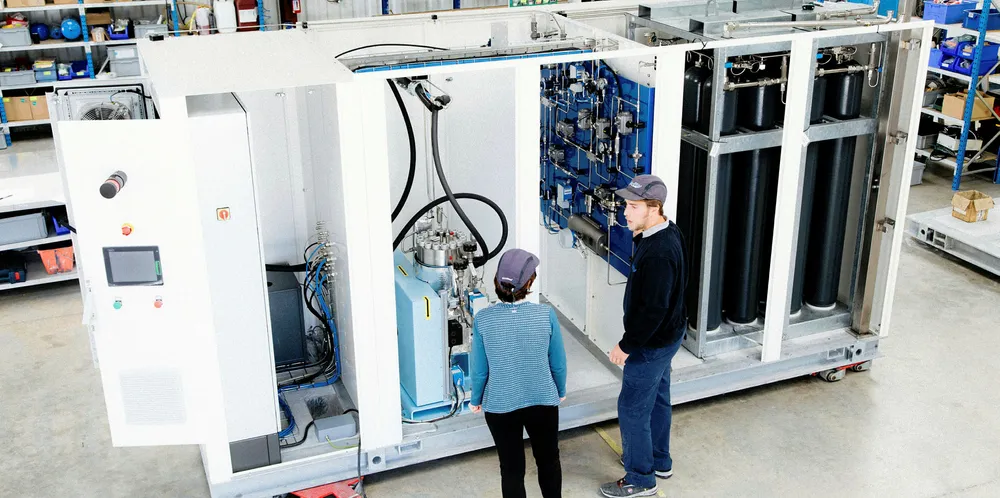IEA: Covid-19 stimulus cash should be invested in battery and electrolyser production
A failure to scale-up the manufacture of the hydrogen-producing machines and batteries could slow the energy transition, agency says

A failure to scale-up the manufacture of the hydrogen-producing machines and batteries could slow the energy transition, agency says
